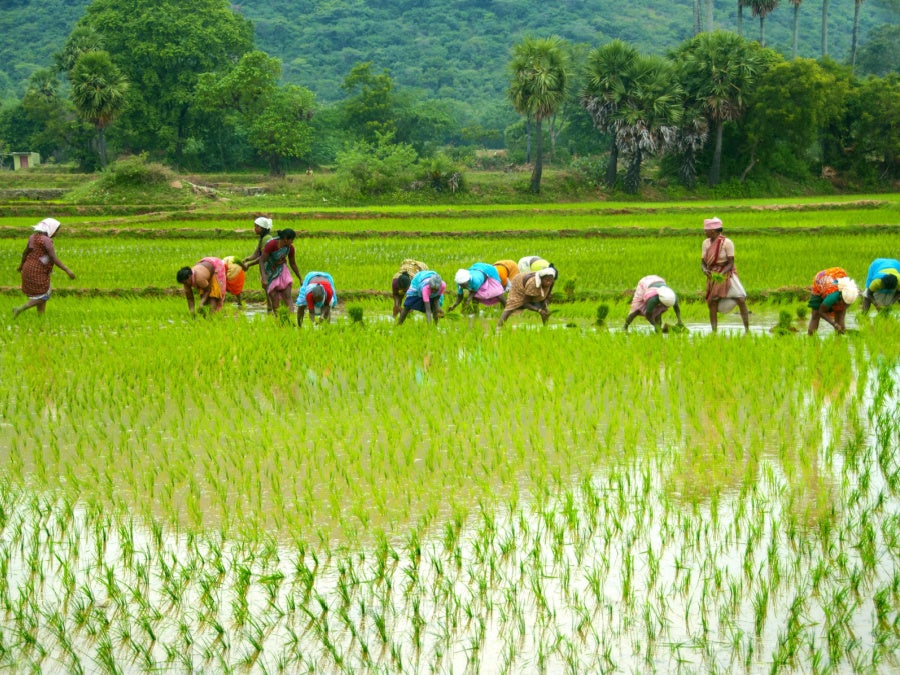
India has banned exports of non-basmati white rice in an effort to control rising prices and boost availability before the upcoming El Niño weather event.
The ban, announced by the government yesterday (20 July), starts immediately and applies to semi- or wholly milled non-basmati white rice, the Ministry of Consumer Affairs, Food and Public Distribution of India said in a statement.
“The domestic prices of rice are on an increasing trend,” the Ministry added, noting retail prices have increased by 11.5% over 12 months and 3% in the past month.
Exports of non-basmati par-boiled rice and basmati rice are not affected. “This will ensure that the farmers continue to get the benefit of remunerative prices in the international market,” it said.
Non-basmati white rice constitutes about 25% of India’s total rice exports, according to the Ministry.
In terms of rice exports, India is the world’s largest ahead of Thailand and Vietnam. India’s ban follows restrictions imposed last September, when the country put a 20% export levy on certain varieties.
The Central Board of Indirect Taxes and Customs announced at the time the export tax would apply to husked white and brown rice, and also semi-milled and wholly-milled white and brown varieties. Basmati and par-boiled rice were excluded.
India’s latest move adds to concerns about a renewed rise in global commodity prices in the face of the impending El Niño and Russia’s withdrawal from the Black Sea grain deal.
“This sharp increase in exports can be ascribed to high international prices due to [the] geo-political scenario, El Niño sentiments and extreme climatic conditions in other rice-producing countries,” the Ministry said yesterday.
The climate crisis is already making its impact felt on the supply of certain crops and the food industry will be watching the latest El Niño closely, as its impact is likely to be felt into 2024.
Wheat futures have risen sharply in recent days after Russia ended the Black Sea grain deal and threatened to treat ships heading for Ukrainian ports as potential military targets.
Global food commodity prices continued to decline in June, with cereals hitting a two-year low before the most recent Black Sea agreement expired on 17 July.
The FAO Food Price Index compiled by the Food and Agriculture Organization of the United Nations dropped 20.9% on a rolling 12-month basis to average 122.3, remaining at the lowest level since April 2021, when the measure reached 122.1.
Tracking prices of five commodities – cereals, vegetable oils, meat, dairy and sugar – the gauge was down 1.4% from May.
It reached an all-time high of 159.7 in March 2022 as Russia’s invasion of Ukraine exacerbated commodity gains sparked by the Covid-19 pandemic and tightness in global supply chains.
India made exceptions yesterday. Exports of affected rice varieties will be allowed on the basis of permission granted by the Government to other countries “to meet their food security need if requested by their government,” according to a separate statement from the Directorate General of Foreign Trade.
The Ministry of Consumer Affairs, Food and Public Distribution of India explained yesterday that exports of non-basmati white rice had increased from 3.4m metric tons in the September to March 2022 period to 4.2 m metric tonnes in the corresponding period to March 2023, “even after the imposition of the 20% export duty”.
From April to June this year, about 15.5m metric tons of these rice varieties were exported, a 35% increase compared to the same period last year, when the country exported 11.5m metric tons, the Ministry said.
